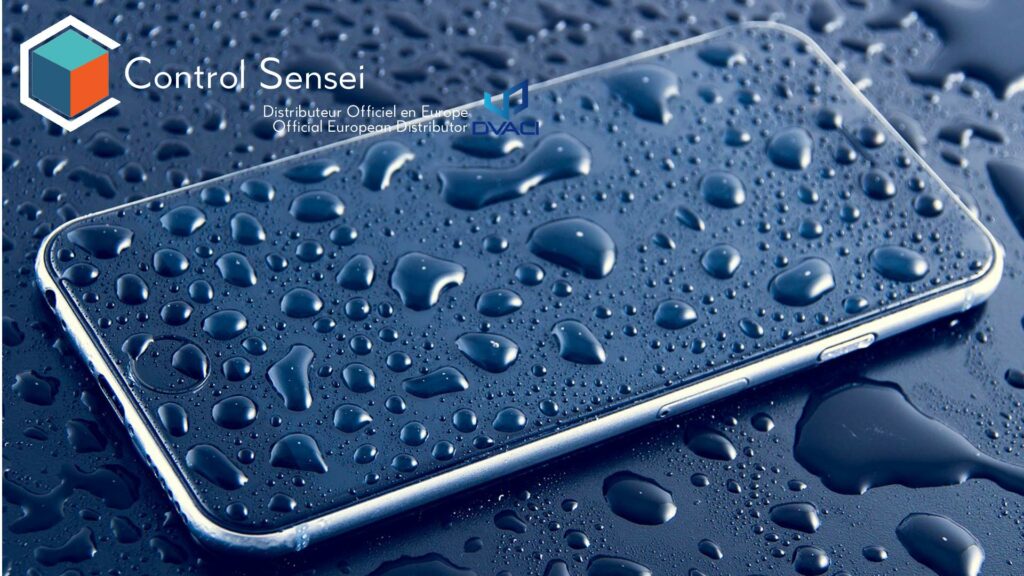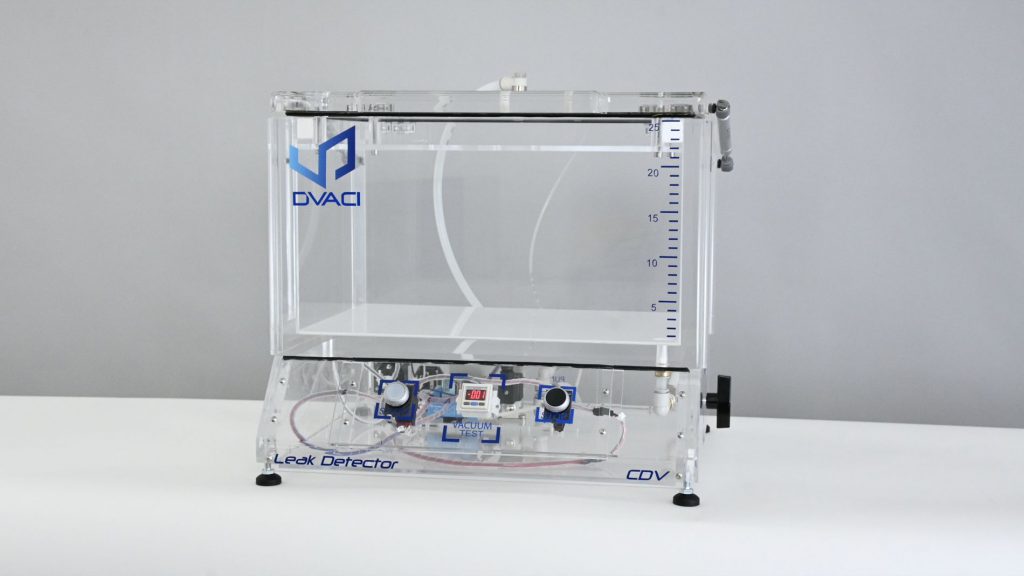
Are my products IPX7 or IPX8 compliant?
Is my electronic device watertight/waterproof?
These questions may arise when you use your equipment outdoors or in extreme weather conditions.
The abbreviation IP stands for “Ingress Protection” (the term “International Protection” is also used). It is a standard established in 1989 by the International Electronics Commission (IEC). It was subsequently adopted and validated by European standard EN 60529.
This index indicates the degree of protection of a device against the intrusion of solid bodies and/or liquids. It is made up of two numbers: the first indicates the degree of protection against the intrusion of solid objects, while the second indicates the same for liquids.
Protection against solid elements (dust, gravel, etc.)
IP3 : Protection against solids larger than 12mm
IP4 : Protection against solids larger than 1 mm
IP5 : Protection against dust deposits
IP6 : Totally dust-tight.
When the first digit is not required, the number is replaced by an “X”. This is often the case with devices that are considered waterproof, where only water protection is considered sufficient: in most cases, the first digit is therefore often replaced by an “X”.

Waterproof/watertight characteristics detailed by IPX level
IPX0 : No special protection – rain or splashes can damage the device.
IPX1 : Protected against falling water (rain). The equivalent of 3 to 5 mm of rain per minute for 10 minutes.
IPX2 : Protected against rain when the appliance is tilted 15° in any direction from the normal operating position.
IPX3 : Protected against water spray from above. Device sprayed with water from 0 to 60° on the side at 10 litres per minute at high pressure for at least 5 minutes.
IPX4 : Protected against splashing or splashing water at any angle for any length of time.
IPX5 : Protected against pressurised water jets – Water is sprayed from all angles through a 6.3 mm nozzle at a rate of 12.5 litres/min at high pressure for 180 seconds from a distance of 3 metres.
IPX6 : Protection against water spray from any angle – large volumes of water for at least 180 seconds at a distance of 3 metres.
IPX7 : Protection against immersion in water. Immersion for at least 30 minutes at a depth of 1 metre. This is the level of protection at which our vacuum housings become important. A depth of 1 metre corresponds to a pressure difference of -100 mbar compared with the surface.
IPX8 : Protection against immersion in water for more than 30 minutes in at least 2 metres of water. The manufacturer may choose to specify the exact conditions under which the equipment is tested and guaranteed against failure. A depth of 2 metres represents a pressure difference of -200 mbar.
Testing your products in a vacuum chamber
The vacuum chamber can help you to carry out these tests automatically and guarantee your customers that your equipment meets these requirements perfectly.
To go further, you can test your device at -500 mbar, which represents the negative pressure at a depth of 5 metres, to be sure that your device will have no problems when submerged.
The standards for electrical/electronic equipment are often IP67 or IP68.
With these requirements, you can be sure that the device you’re buying won’t be affected by dust or rapid, shallow immersion in water.
This doesn’t mean you can go scuba diving with it… the constraints at depths of over 5m are very considerable, but you can use it outdoors even if the weather conditions aren’t ideal.

Once the product is in the housing and the vacuum has been applied, all you have to do is look to see if there are any bubbles escaping from the product, which would indicate the presence of a leak and the escape of the air contained in the product.
We have a customer who uses our housings to certify cameras and monitors for outdoor use. These cameras can be installed on site machinery.
However, beware of thinking that these standards protect you against all types of water. Salt water, for example, is highly corrosive and will damage equipment much more quickly than fresh water. These standards only apply to clear water. Even swimming pool water containing chlorine can damage the appliance, because chemicals such as chlorine are highly corrosive. The same applies to soapy water such as that used for washing up…
If you need IPX7, IPX8, IP67 or IP68 certification, don’t hesitate to contact us so that we can help you.





